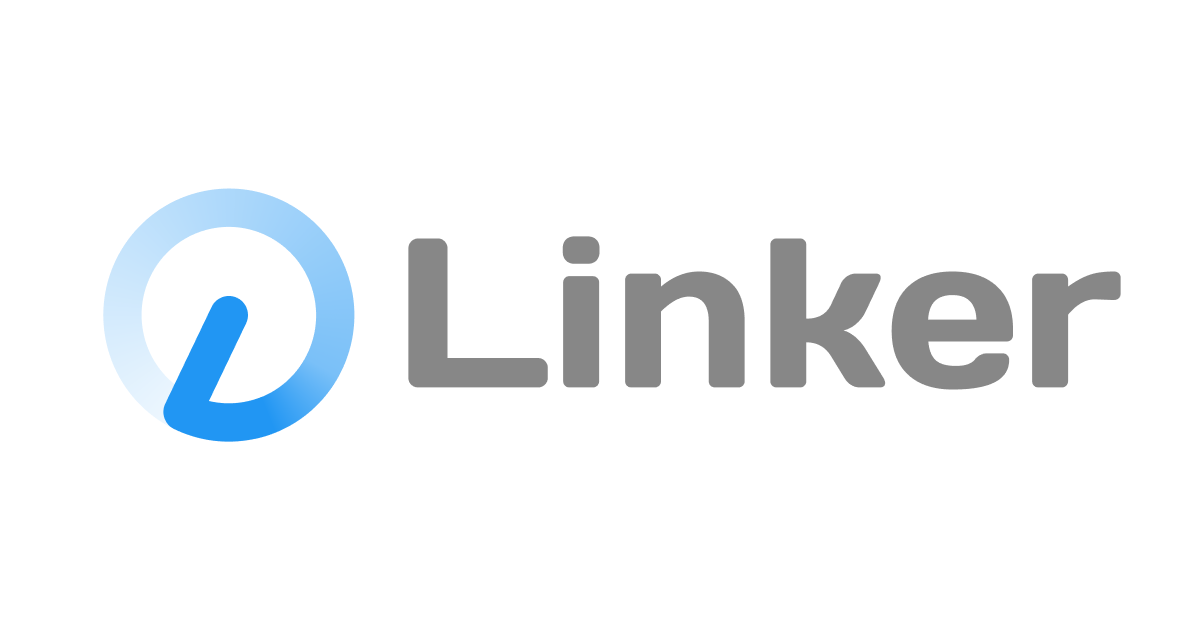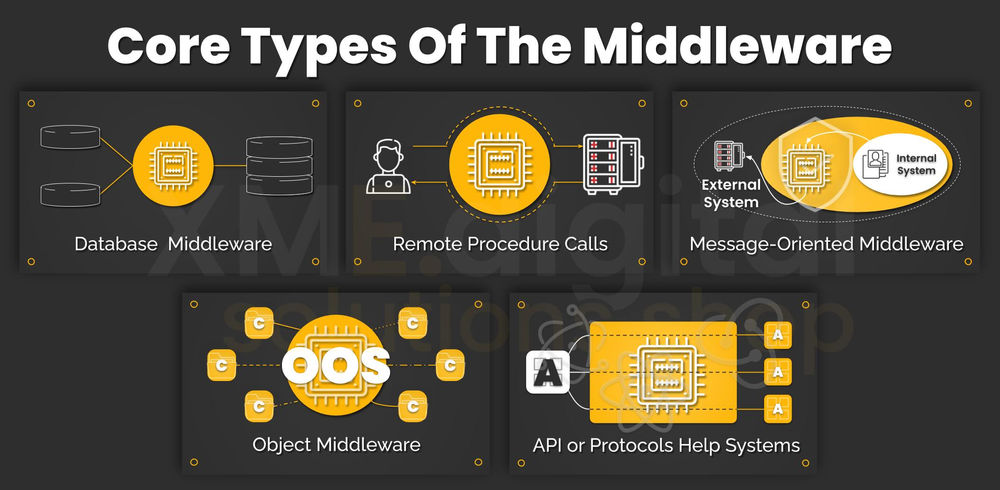Rapid Release Technology: Accelerating Software Delivery
Rapid release technology is revolutionizing the way software is developed and delivered. This approach emphasizes speed, agility, and continuous improvement, enabling businesses to adapt quickly to evolving market demands and […]

Rapid release technology is revolutionizing the way software is developed and delivered. This approach emphasizes speed, agility, and continuous improvement, enabling businesses to adapt quickly to evolving market demands and deliver value to users faster than ever before. By embracing principles of continuous integration and continuous delivery (CI/CD), rapid release technology empowers teams to automate the software development lifecycle, reducing manual processes and accelerating release cycles.
This approach not only enhances the pace of software delivery but also fosters a culture of collaboration and innovation. Rapid release technology allows for frequent feedback loops, enabling teams to identify and address issues early in the development process, leading to higher quality software and a more positive user experience.
Definition and Importance of Rapid Release Technology
Rapid release technology, also known as continuous delivery or continuous deployment, is a software development methodology that emphasizes frequent and incremental releases of software updates. It’s a departure from traditional software development practices, where releases were infrequent and involved significant planning and effort.
Rapid release technology is a modern approach to software development that aims to deliver value to users faster and more efficiently. It enables developers to iterate on their products quickly, respond to user feedback in real-time, and stay ahead of the competition.
Benefits of Rapid Release Technology
The benefits of implementing rapid release technology are numerous and can significantly impact a company’s success.
Here are some key advantages:
- Faster Time to Market: Rapid releases allow companies to get their products and features into the hands of users much faster, giving them a competitive edge.
- Improved User Experience: By releasing updates frequently, developers can address bugs and implement new features quickly, resulting in a more seamless and enjoyable user experience.
- Increased User Engagement: Regular updates keep users engaged and excited about the product, reducing churn and fostering loyalty.
- Reduced Development Costs: Rapid release technology can help reduce development costs by minimizing the time and effort required for each release.
- Enhanced Innovation: By releasing updates frequently, developers can gather user feedback quickly and iterate on their products, leading to continuous innovation.
Comparison with Traditional Software Development Cycles
Traditional software development cycles often involve long development phases, followed by lengthy testing and deployment processes. This approach can lead to delays in releasing new features and addressing user needs.
In contrast, rapid release technology emphasizes shorter development cycles, automated testing, and continuous integration and deployment. This allows developers to release updates more frequently, often multiple times per day.
Rapid release technology is about embracing change and delivering value to users as quickly as possible. It’s a shift from a “big bang” approach to a more iterative and agile process.
Key Principles of Rapid Release Technology

Rapid release technology is not just about speed; it’s about a fundamental shift in how software is developed and delivered. This approach emphasizes agility, collaboration, and a customer-centric mindset.
Continuous Integration and Continuous Delivery (CI/CD)
CI/CD is a cornerstone of rapid release technology. It involves automating the entire software development lifecycle, from code changes to deployment.
“CI/CD is a methodology that enables the rapid and frequent delivery of software updates to users.”
- Continuous Integration: Developers integrate their code changes frequently, typically several times a day, into a shared repository. This constant integration helps identify and resolve conflicts early in the development process.
- Continuous Delivery: Once code is integrated, it undergoes automated testing and deployment. This ensures that every code change is thoroughly validated and can be released to users with minimal manual intervention.
Automation in Rapid Release Processes
Automation is crucial for streamlining rapid release processes. It reduces manual errors, accelerates development cycles, and allows teams to focus on higher-value tasks.
- Build Automation: Tools like Jenkins, Travis CI, and CircleCI automate the building and testing of software, ensuring consistent and reliable builds.
- Deployment Automation: Automated deployment tools like Ansible, Puppet, and Chef manage the deployment of software to different environments (development, testing, production) without manual intervention.
- Testing Automation: Automated testing frameworks like Selenium, JUnit, and TestNG execute tests automatically, providing immediate feedback on code changes and reducing the time needed for manual testing.
Techniques and Methods for Rapid Release
Rapid release technology relies on efficient methodologies and techniques to achieve swift delivery of software updates and new features. Agile methodologies, in particular, have proven effective in fostering a rapid release environment.
Agile Methodologies in Rapid Release Environments
Agile methodologies prioritize iterative development and continuous feedback, aligning perfectly with the principles of rapid release. These methods encourage frequent releases, enabling teams to gather user input and make adjustments quickly.
- Scrum: This framework divides development into short sprints (typically 2-4 weeks), with daily stand-up meetings for progress updates and impediment removal. Scrum fosters collaboration and adaptability, facilitating rapid iterations and releases.
- Kanban: Kanban emphasizes visualizing work progress using a board with different stages (to-do, in-progress, done). It promotes continuous flow and prioritizes tasks, enabling teams to identify and address bottlenecks that might hinder rapid release.
- Extreme Programming (XP): XP emphasizes pair programming, test-driven development, and frequent releases. These practices streamline development, enhance code quality, and reduce the risk of delays, all contributing to rapid release cycles.
Steps in a Typical Rapid Release Cycle
A rapid release cycle involves a series of well-defined steps that ensure efficient delivery of updates and new features.
- Planning and Prioritization: This step involves identifying the features to be released, prioritizing them based on user needs and business value, and creating a detailed release plan.
- Development and Testing: Development teams build the features, while quality assurance teams conduct rigorous testing to ensure functionality and stability. Continuous integration and continuous delivery (CI/CD) pipelines automate these processes, speeding up the release cycle.
- Deployment and Monitoring: Once tested, the software is deployed to production environments. Monitoring tools track performance, identify issues, and provide insights for future improvements.
- Feedback and Iteration: User feedback is gathered through various channels, including analytics and direct communication. This feedback is analyzed and incorporated into future iterations, ensuring continuous improvement and adaptation to user needs.
DevOps Practices for Rapid Release Technology
DevOps practices, which bridge the gap between development and operations, are essential for achieving rapid release.
DevOps emphasizes automation, collaboration, and continuous improvement, enabling teams to release software faster and more reliably.
- Infrastructure as Code (IaC): IaC automates the provisioning and configuration of infrastructure, reducing manual errors and enabling faster deployments.
- Continuous Integration and Continuous Delivery (CI/CD): CI/CD pipelines automate the build, test, and deployment processes, reducing manual intervention and accelerating releases.
- Monitoring and Logging: Real-time monitoring and comprehensive logging provide insights into application performance and help identify and resolve issues quickly, minimizing downtime and ensuring a smooth release process.
Benefits and Challenges of Rapid Release Technology
Rapid release technology, with its emphasis on frequent and iterative deployments, offers a compelling approach to software development and delivery. It presents both significant advantages for businesses and users while introducing unique challenges that require careful consideration.
Advantages of Rapid Release Technology
The benefits of rapid release technology are multifaceted, impacting both business operations and user experience.
- Faster Time to Market: Rapid release cycles enable businesses to deliver new features and updates to users more quickly, giving them a competitive edge in a dynamic market. This allows companies to respond to evolving customer needs and market trends more effectively, potentially capturing a larger market share and increasing revenue.
- Improved User Experience: By releasing updates and bug fixes frequently, rapid release technology helps ensure that users have access to the latest features and a more stable and reliable software experience. This can lead to increased user satisfaction, engagement, and loyalty.
- Enhanced Feedback and Iteration: Rapid releases allow for continuous feedback from users, providing valuable insights into product usage and preferences. This feedback can be incorporated into future releases, resulting in a product that better meets user needs and expectations. The rapid iteration cycle fosters a more agile and responsive development process, allowing for adjustments and improvements based on real-time user data.
- Reduced Risk of Major Failures: By releasing smaller, incremental updates, rapid release technology reduces the risk of major software failures that can disrupt user experience and damage brand reputation. Smaller updates are easier to test and debug, minimizing the potential impact of errors. This approach also allows for a more controlled rollout of new features, reducing the risk of unexpected issues.
Challenges of Rapid Release Technology
While rapid release technology offers numerous benefits, it also presents a number of challenges that require careful consideration and planning.
- Increased Development Complexity: Implementing rapid release technology requires a significant shift in development practices, demanding a highly collaborative and efficient team. This can involve adopting new tools and methodologies, and ensuring that the development process is streamlined to support frequent releases. The need for continuous integration and automated testing adds to the complexity, requiring robust infrastructure and skilled personnel.
- Quality Control Concerns: The rapid pace of development and deployment can potentially impact the quality of software releases if not carefully managed. A robust testing and quality assurance process is crucial to ensure that updates are thoroughly vetted and free from bugs or defects. This involves a comprehensive testing strategy, including automated testing, manual testing, and user acceptance testing, to guarantee a high level of quality.
- Potential for User Disruption: Frequent releases can sometimes disrupt user experience, especially if updates are not well-communicated or implemented seamlessly. Users may encounter unexpected changes, bugs, or compatibility issues, which can lead to frustration and negative feedback. Effective communication and user feedback mechanisms are essential to minimize disruption and ensure a smooth transition for users.
- Security Risks: The rapid release cycle can increase the risk of security vulnerabilities if not managed carefully. This is particularly relevant in today’s threat landscape, where attackers constantly seek to exploit vulnerabilities in software. A robust security testing and monitoring process is essential to mitigate these risks, including regular vulnerability assessments, penetration testing, and security audits.
Real-World Examples and Case Studies

Rapid release technology has revolutionized how businesses operate across various industries, leading to enhanced user experiences, faster innovation, and improved business outcomes. Let’s explore some real-world examples and case studies that showcase the impact of rapid release technology.
Examples of Successful Implementations
Rapid release technology has been adopted by companies across diverse industries, leading to significant improvements in their operations and customer satisfaction. Here are some notable examples:
- Netflix: Netflix, a leading streaming service, uses rapid release technology to deliver new content and features to its users frequently. Their continuous delivery pipeline allows them to release updates multiple times a day, ensuring a seamless and engaging user experience. The rapid release process enables Netflix to quickly respond to user feedback, iterate on features, and introduce new content based on data-driven insights.
- Spotify: Spotify, a popular music streaming platform, leverages rapid release technology to continuously improve its service and deliver new features to its users. Their agile development process allows them to release updates and enhancements regularly, keeping the platform fresh and engaging. Spotify’s rapid release strategy helps them stay ahead of the competition and adapt to the evolving music industry landscape.
- Amazon: Amazon, an e-commerce giant, employs rapid release technology to enhance its website and mobile app functionality, optimize user experience, and introduce new products and services. Their continuous delivery pipeline allows them to release updates and new features frequently, providing users with a dynamic and responsive platform. Amazon’s rapid release approach enables them to quickly adapt to changing market demands and deliver a seamless shopping experience.
Impact on User Experience and Business Outcomes
Rapid release technology significantly impacts user experience and business outcomes by:
- Enhanced User Experience: Frequent updates and new features delivered through rapid release technology provide users with a constantly evolving and engaging experience. This continuous improvement cycle ensures users remain satisfied and loyal, leading to increased customer retention.
- Faster Innovation: Rapid release technology allows businesses to quickly test and implement new ideas and features, leading to faster innovation and competitive advantage. The ability to iterate on features and gather user feedback in real-time enables businesses to adapt to changing market demands and stay ahead of the curve.
- Improved Business Outcomes: Rapid release technology contributes to improved business outcomes by driving increased customer satisfaction, boosting revenue, and enhancing operational efficiency. The ability to deliver value to users quickly and continuously translates into improved customer engagement, loyalty, and ultimately, profitability.
Case Study: Airbnb
Airbnb, a leading online marketplace for short-term rentals, has successfully implemented rapid release technology to enhance its platform and provide users with a seamless and personalized experience.
“Airbnb’s rapid release strategy allows us to quickly iterate on new features and respond to user feedback, which is essential for staying ahead of the competition in a rapidly evolving industry.” – Brian Chesky, CEO of Airbnb
Airbnb’s rapid release process involves:
- Continuous Integration and Continuous Delivery (CI/CD): Airbnb leverages CI/CD pipelines to automate the build, test, and deployment of code changes, ensuring a seamless and efficient release process. This allows them to release new features and updates to users frequently without compromising quality or stability.
- A/B Testing: Airbnb extensively uses A/B testing to evaluate the impact of new features and updates on user behavior. This data-driven approach helps them optimize the user experience and ensure that new features are well-received by users.
- User Feedback: Airbnb actively solicits user feedback through surveys, in-app feedback mechanisms, and social media channels. This feedback is used to inform future product development and ensure that the platform meets the evolving needs of users.
Airbnb’s rapid release technology has resulted in:
- Improved User Experience: Airbnb’s platform is constantly evolving with new features and enhancements, providing users with a personalized and engaging experience. The rapid release process allows them to quickly address user pain points and introduce features that improve the overall user journey.
- Increased Revenue: Airbnb’s rapid release technology has contributed to increased revenue by driving user engagement and improving customer satisfaction. The ability to quickly adapt to changing market demands and introduce new features has helped Airbnb maintain its position as a market leader.
- Enhanced Operational Efficiency: Airbnb’s rapid release process has streamlined its development and deployment process, leading to increased operational efficiency. The automation of build, test, and deployment processes allows Airbnb to release new features and updates more quickly and efficiently.
Future Trends and Developments
The field of rapid release technology is constantly evolving, driven by advancements in software development methodologies, automation, and emerging technologies like artificial intelligence. These trends are shaping the future of software delivery, making it faster, more efficient, and more adaptable to changing market demands.
The Impact of Artificial Intelligence
Artificial intelligence (AI) is poised to revolutionize rapid release processes, automating tasks, optimizing workflows, and enhancing decision-making. AI-powered tools can analyze vast amounts of data to identify patterns, predict potential issues, and recommend solutions. This can significantly reduce the time and effort required for testing, deployment, and maintenance, leading to faster release cycles and improved software quality.
- Automated Testing: AI-powered testing tools can automate test case generation, execution, and analysis, reducing the time and effort required for manual testing. For example, AI can analyze code changes and automatically generate test cases that target the modified areas, ensuring comprehensive coverage and faster feedback.
- Predictive Maintenance: AI algorithms can analyze system performance data and identify potential issues before they escalate, allowing for proactive maintenance and reducing downtime. This can prevent unexpected delays in release cycles and improve the overall reliability of software applications.
- Intelligent Code Optimization: AI-powered tools can analyze code and suggest improvements for performance, security, and maintainability. This can help developers optimize their code for faster execution and deployment, leading to quicker release cycles.
Hypothetical Future Scenario
Imagine a future where software development is entirely automated, driven by AI-powered tools. Developers focus on designing and implementing new features, while AI takes care of coding, testing, deployment, and even monitoring. This scenario would drastically reduce the time required for software development and release, enabling companies to deliver new features and updates at an unprecedented pace.
“In the future, AI will be responsible for everything from code generation to deployment, freeing up developers to focus on innovation and creativity.”
Concluding Remarks
In conclusion, rapid release technology is transforming the software development landscape, enabling businesses to stay ahead of the curve in a rapidly changing world. By embracing agility, automation, and continuous improvement, organizations can leverage rapid release technology to deliver exceptional software experiences, foster innovation, and achieve sustainable competitive advantage. As technology continues to evolve, rapid release technology will undoubtedly play an even more critical role in shaping the future of software development.
Rapid release technology is a key driver of innovation, allowing businesses to adapt quickly to changing market demands. A deputy chief technology officer plays a crucial role in implementing and overseeing these rapid release cycles, ensuring seamless integration and efficient deployment of new features and updates.
The success of rapid release technology hinges on the expertise and leadership of such individuals, who bridge the gap between technical capabilities and business objectives.










